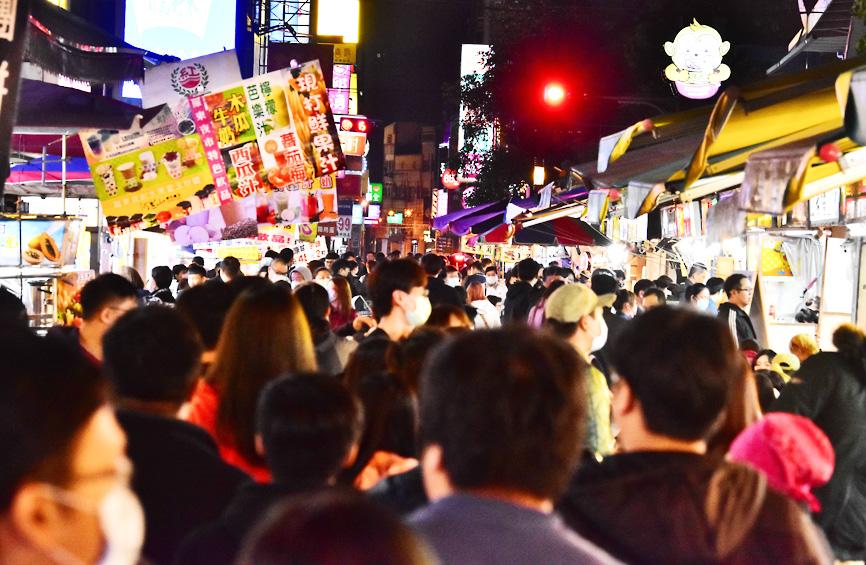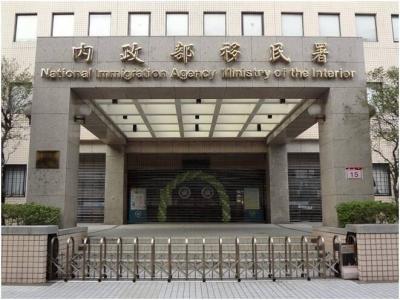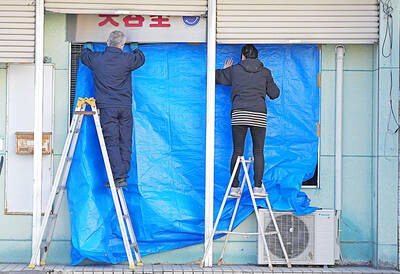Crowd control measures should be implemented at night markets and other crowded areas to prevent cluster infections of COVID-19, an academic said yesterday.
Wayne Liu (劉喜臨), a professor at the Graduate Institute of Tourism Management at National Kaohsiung University of Hospitality and Tourism, made the suggestion after large crowds gathered at tourist destinations during the four-day Tomb Sweeping Day long weekend, which ended yesterday.
The sight of tourist spots packed with people, some not wearing masks, on Saturday prompted the Central Epidemic Command Center (CECC) to send warning text messages to mobile phones in the areas to remind people to avoid crowded places and practice social distancing.

Photo: Chang Yi-chen, Taipei Times
Liu yesterday said that disease prevention at this point calls for the concept of “tourism carrying capacity,” which refers to the maximum number of people who can visit a destination without harming the environment and causing a decrease in the quality of the visitors’ satisfaction.
The government should adopt crowd control measures in not only closed spaces, but also open spaces, such as Pingtung County’s Kenting (墾丁) and Chiayi County’s Alishan (阿里山), by using infrared devices to limit the number of visitors, Liu said.
Sensors should also be placed at night market entrances to monitor foot traffic, Liu added.
The government should strive to protect the public’s well-being regardless of whether some people would try to circumvent its control measures, Liu said.
The CECC’s alerts on Saturday led to booking cancelations and requests for refunds, but hoteliers, despite complaining about the suddenness of the alerts, still prioritized disease prevention and cooperated with the government, Liu said.
The alerts were necessary, as the US and Japan saw infections soar after extended breaks, Liu said, adding that the spread of COVID-19 could get out of hand if large-scale community infections break out in Taiwan.
Tatung Institute of Technology’s Department of Travel and Leisure Management professor Kao Ming-tu (高洺塗) said that announcing crowd control measures and traffic regulations before the holidays, rather than in the middle of a long break, would reduce the risk of COVID-19 spread ing.
The CECC’s abrupt alerts not only led to losses in the tourism industry, but also spoiled people’s holidays, Kao said.
Should the pandemic continue, the government would hopefully learn from this experience and implement more thorough crowd control measures for the next holiday, Kao added.

A small number of Taiwanese this year lost their citizenship rights after traveling in China and obtaining a one-time Chinese passport to cross the border into Russia, a source said today. The people signed up through Chinese travel agencies for tours of neighboring Russia with companies claiming they could obtain Russian visas and fast-track border clearance, the source said on condition of anonymity. The travelers were actually issued one-time-use Chinese passports, they said. Taiwanese are prohibited from holding a Chinese passport or household registration. If found to have a Chinese ID, they may lose their resident status under Article 9-1

Taiwanese were praised for their composure after a video filmed by Taiwanese tourists capturing the moment a magnitude 7.5 earthquake struck Japan’s Aomori Prefecture went viral on social media. The video shows a hotel room shaking violently amid Monday’s quake, with objects falling to the ground. Two Taiwanese began filming with their mobile phones, while two others held the sides of a TV to prevent it from falling. When the shaking stopped, the pair calmly took down the TV and laid it flat on a tatami mat, the video shows. The video also captured the group talking about the safety of their companions bathing

PROBLEMATIC APP: Citing more than 1,000 fraud cases, the government is taking the app down for a year, but opposition voices are calling it censorship Chinese Nationalist Party (KMT) Chairwoman Cheng Li-wun (鄭麗文) yesterday decried a government plan to suspend access to Chinese social media platform Xiaohongshu (小紅書) for one year as censorship, while the Presidential Office backed the plan. The Ministry of the Interior on Thursday cited security risks and accusations that the Instagram-like app, known as Rednote in English, had figured in more than 1,700 fraud cases since last year. The company, which has about 3 million users in Taiwan, has not yet responded to requests for comment. “Many people online are already asking ‘How to climb over the firewall to access Xiaohongshu,’” Cheng posted on

A classified Pentagon-produced, multiyear assessment — the Overmatch brief — highlighted unreported Chinese capabilities to destroy US military assets and identified US supply chain choke points, painting a disturbing picture of waning US military might, a New York Times editorial published on Monday said. US Secretary of Defense Pete Hegseth’s comments in November last year that “we lose every time” in Pentagon-conducted war games pitting the US against China further highlighted the uncertainty about the US’ capability to intervene in the event of a Chinese invasion of Taiwan. “It shows the Pentagon’s overreliance on expensive, vulnerable weapons as adversaries field cheap, technologically